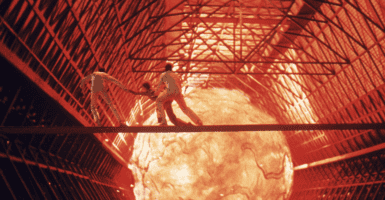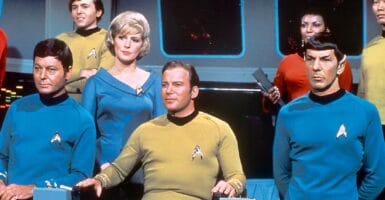How Long Is A Star Wars Rotation?
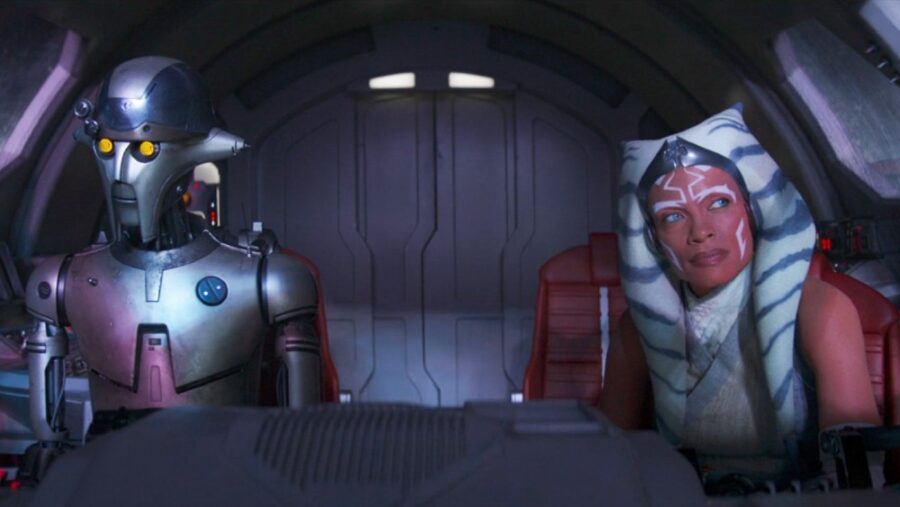
The latest episode of Ahsoka established that the former Jedi is now engaged in a race against the clock. Ahsoka only has three rotations to stop Grand Admiral Thrawn from escaping Peridea and traveling back to the main Star Wars galaxy. This raises one big question for Star Wars fans everywhere: how long is a rotation? The answer is a day, but there’s more to it than that.
When characters in the original trilogy mention Hell or any other concepts that are uniquely Earthlike, fans weren’t supposed to question it.
Come close. No, closer, we have a secret to tell you. Star Wars isn’t science fiction.
It never was, not really. Star Wars is a fantasy that just so happens to be set in space. Did we just blow your mind?
Real sci-fi is supposed to base its concepts on real-world scientific principles. If you want to know how warp speed works in Star Trek, there are essays and manuals that go into great depth explaining all of the math and theoretical physics behind the concept, along with technical diagrams that show how a warp core functions.
Meanwhile, if you want to know how Hyperspace works in Star Wars, well, um, there’s a magic dimension where physics doesn’t apply, and giant space whales fly around at speeds that would make Einstein’s head explode.
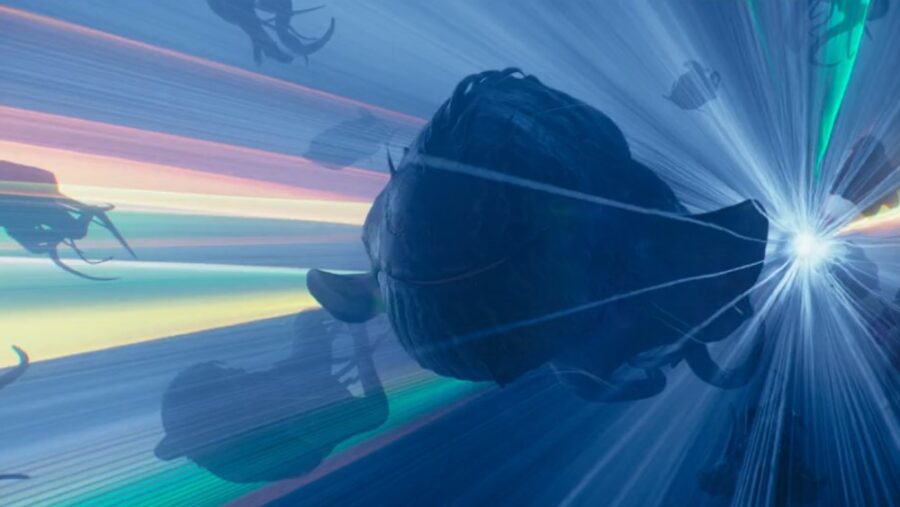
The point is, Star Wars—at least originally—wasn’t supposed to make sense scientifically. It was all about the story and the characters. When characters in the original trilogy mention Hell or any other concepts that are uniquely Earthlike, fans weren’t supposed to question it.
Coruscant time goes like this: Sixty standard seconds in a standard hour, 24 standard hours in a day, five standard days in a week, and seven standard weeks in a month.
But of course, they did, because Star Wars fans want explanations for everything. As a result, there have been a few different answers written about how time works in the Star Wars universe, but–spoilers–it’s pretty much just like it works here in our universe.
The first source to try and explain how time passes in Star Wars was the West End Games Star Wars Roleplaying Game that came out in the late ’80s. The pen-and-paper tabletop RPG is actually responsible for the bulk of lore used in both the Legends era and even today. The way time worked in Legends was that all “standard” timekeeping measurements were based on Coruscant, the capital of most galactic governments.
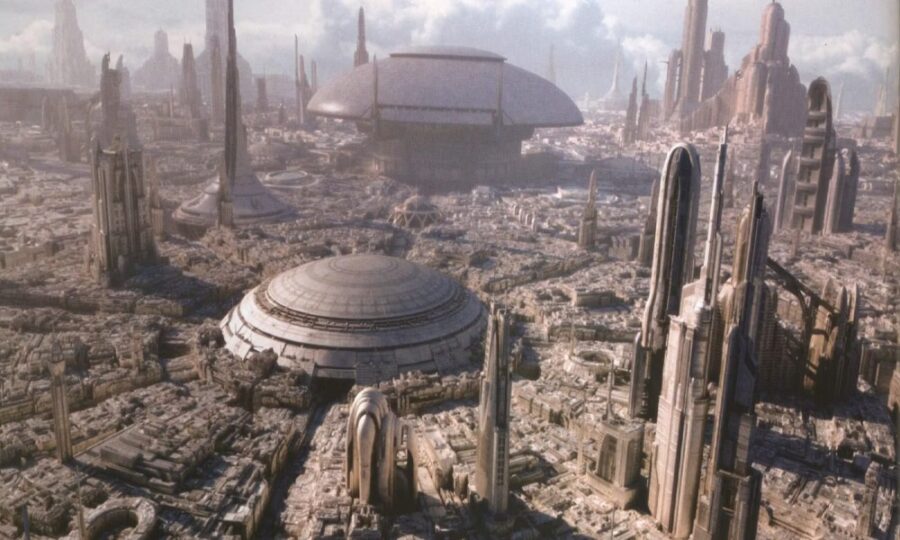
Coruscant time goes like this: Sixty standard seconds in a standard hour, 24 standard hours in a day, five standard days in a week, and seven standard weeks in a month. A Year on Coruscant was 368 days, and there were ten standard months. The writers of the game were obviously trying to make things close to how they worked on Earth while still maintaining a few otherworldly differences.
Canon time is even closer to how we measure time. Post-Disney, Star Wars time is still based on Coruscant’s rotation around its sun, but now those rotations occur every 24 hours. Minutes are 60 seconds, hours are 60 minutes, a week is seven days, a year is 12 months, etc.
The honest reason for time in Star Wars to mirror our own is because it makes keeping track of events in the Star Wars universe so much easier. The BBY/ABY method of dating major events makes it simple for fans to figure out when things took place in relation to each other. The Battle of Yavin, AKA Luke blowing up the first Death Star in A New Hope, is considered 0 year for the Star Wars timeline.
Meanwhile, if you want to know how Hyperspace works in Star Wars, well, um, there’s a magic dimension where physics doesn’t apply, and giant space whales fly around at speeds that would make Einstein’s head explode.
Everything else is placed either Before the Battle of Yavin (BBY) or After the Battle of Yavin (ABY). So, if, for instance, you want to know exactly when Ahsoka takes place, it’s 9 ABY or nine years after the Battle of Yavin, roughly five years after the events in Return of the Jedi.
In order for the years to line up, they have to be basically the same as our years, which requires the months to be the same, which requires the days to be the same, and so on, all the way down. It might not be as exciting as the convoluted explanation for how Han Solo’s “less than 12 parsecs” claim about the Falcon works, but at least it’s better than describing the music in the cantina as Jazz but with an “I” replacing the “A.”
Yup, Star Wars is a wild fandom sometimes.



